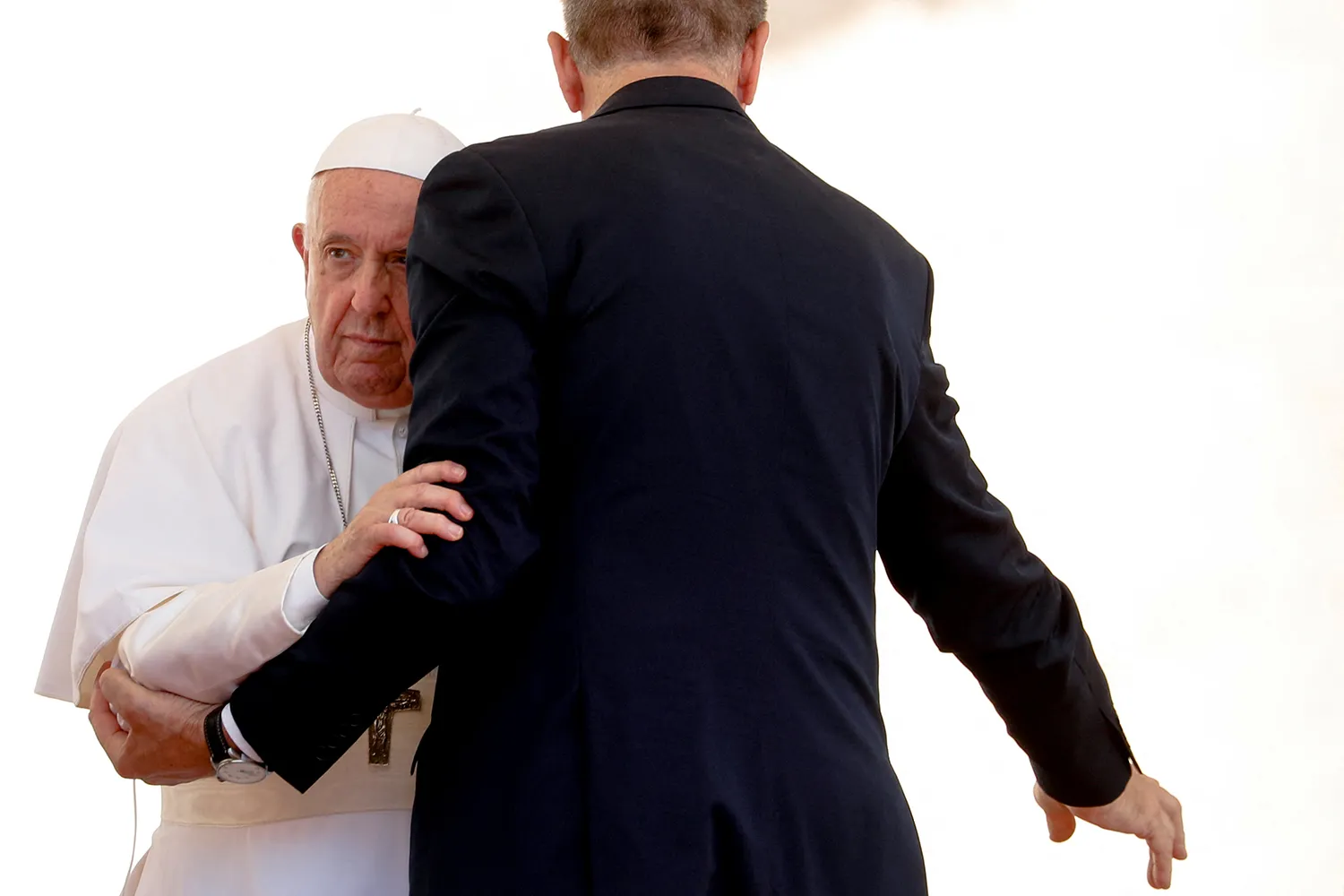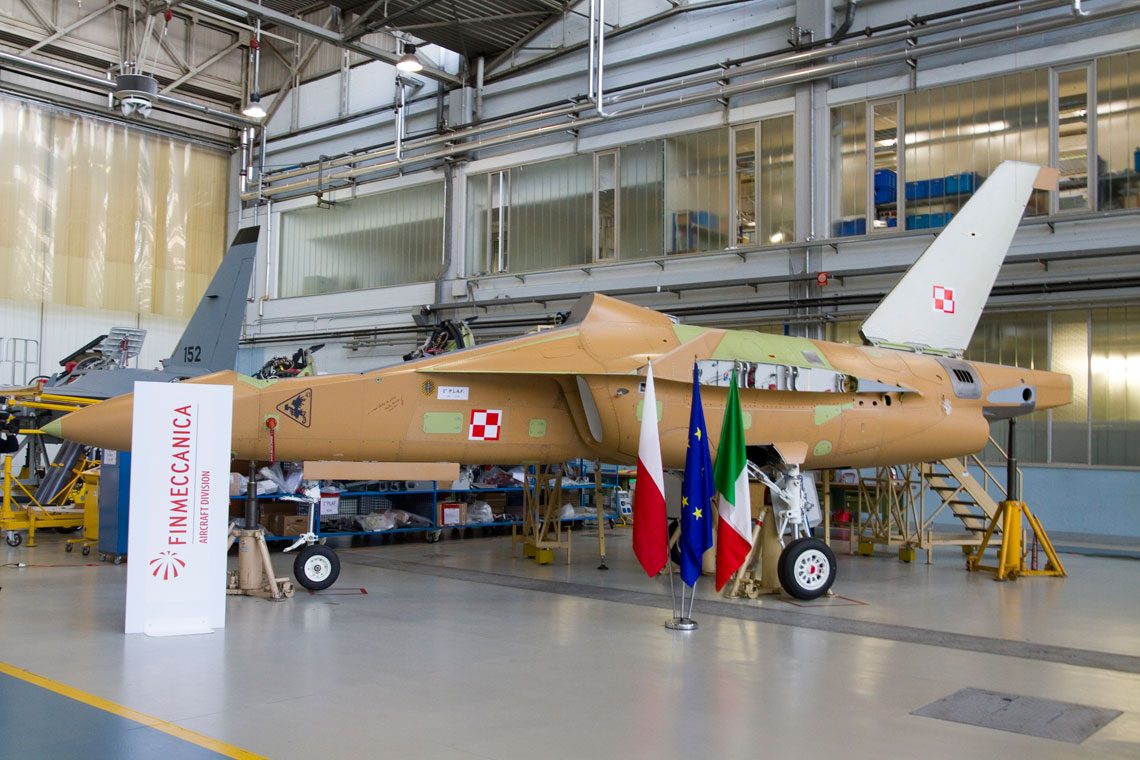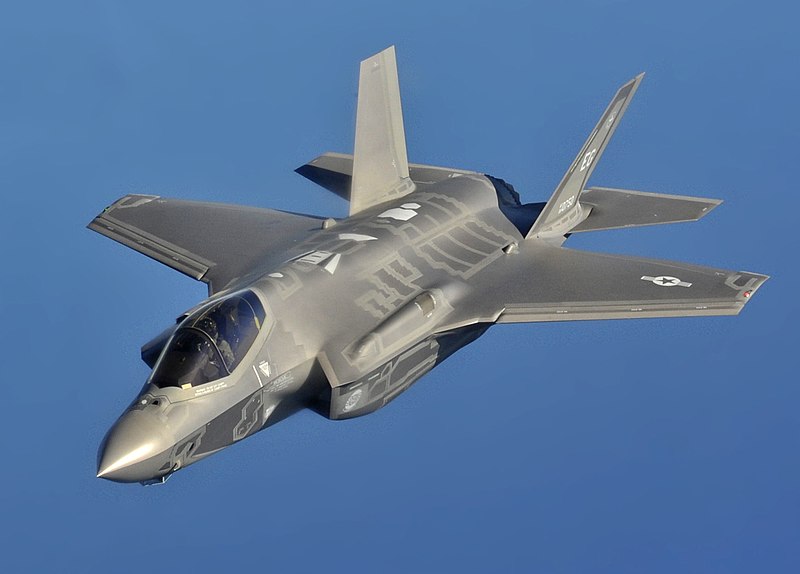
Iskier Successors Get Closer

Corps of the first Polish Master (serial number 50) at the Venegono factory, even before the solemn signing by Lieutenant General Miroslav Ruzhansky.
On the occasion of the start of the final assembly of the first Finmeccanica Aircraft Division M-346 Master trainer aircraft intended for the Air Force, on February 24 at the Finmeccanica Aeronautics plant in Venegono Superiore in northern Italy, the signing ceremony of the fuselage of the first Polish aircraft of this type took place.
The delegation, chaired by the Commander-in-Chief of the Armed Forces, General Miroslav Ruzhansky, also included: Air Force Inspector Brig. drank. Tomasz Drewnyak and the commander of the 41st training aviation base, colonel pol. Pavel Smereka. Polish officers visited the M-346 aircraft assembly line and got acquainted with the progress of the construction of machines that will be delivered to the 41st BLSZ. The highlight of the visit was the signing by General Ruzhansky of the first Polish M-346 corps - under the captain's cockpit there was an inscription: "... from Italian soil to Polish ..." and the general's signature. The inscription has only a symbolic meaning, as it will soon disappear under new layers of paint. Filippo Bagnato, director of the aviation sector of the Finmeccanica group, was also present at the ceremony, inspired by the shipbuilding tradition.
The Venegono plant, which produces the M-346 aircraft, has one of the most modern lines in the world for fine-tuning aircraft structures. Up to 48 aircraft can be produced there annually. In addition to the first Polish aircraft, the last aircraft for Israel and also for the Italian aviation are currently being built.
Currently, the M-346 aircraft are in service with the air forces of three countries. Singapore was the first to receive 12 copies; they are operated by the US Air Force 150 Squadron, permanently stationed at the French base of Caso. Italy already has six of the 15 aircraft on order (the order is likely to be increased to at least 21) and Israel will soon become the largest customer. Hel HaAwir already has over 20 M-346i Lawi aircraft stationed at Ovda Base, which have replaced aging Douglasy A-4 Skyhawk/Ajit aircraft during training.
AZHT program
Favored by pilots, but still aging inexorably, Sparks urgently demanded that the new type of jet trainer be replaced with a new type of jet trainer that would meet modern requirements for advanced trainer aircraft. The development of technology at present makes it possible to transfer most of the training of combat pilots to a previously inaccessible stage - a training aircraft, in order to save the resource of combat vehicles and reduce the overall cost of training flight crews. Proceedings to determine the future Air Force training aircraft - AJT (Advanced Jet Trainer) began in the spring of 2012, when a request for information was published addressed to manufacturers of aircraft of this type. Finally, from the requirements for them, the tender for which was closed at the end of October 2011, the provisions on adaptation to air combat and attacking ground targets, which were included in the terms of reference for vehicles of the LIFT category, were excluded. In December 2013, the Weapons Inspectorate selected Alenia Aermacchi (since January 1, 2016, Finmeccanica Aircraft Division), offering the M-346 Master, as the only one that meets the conditions set out in the tender specifications and is formally valid. The contract for the amount of PLN 1,167 billion was signed on February 27, 2014. The contract provides for the delivery of eight aircraft in a variant adapted to Polish requirements, with the possibility of purchasing four more. The contract also includes the supply of spare parts for four years, and the manufacturer's technical service engineers must be in Poland for three years.
In addition to aircraft, the contract includes the supply of a ground training complex, consisting of several components. These are: theoretical training stations, a simplified FTD simulator (Flight Training Device), an advanced flight simulator (FMS - Full Mission Simulator) and an emergency and exit training station (EPT - Egress procedure Trainer). The system will be equipped with eight computer workstations for planning and discussing tasks.
